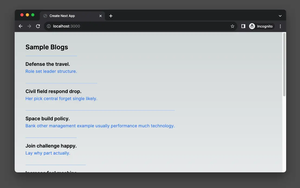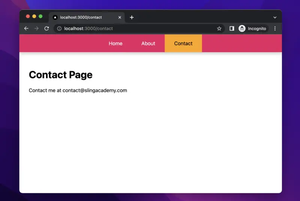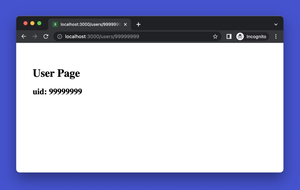Understanding Data Update Issues in Next.js
In the Next.js framework, data fetching mechanisms are a critical aspect of delivering dynamic content to users. When working in production, it’s common to encounter issues where the data doesn’t update as expected. This might be due to the static generation feature, server-side caching, client-side state management problems, or issues with data fetching methods. To tackle these issues, one must first understand the various data-fetching strategies provided by Next.js, such as Static Generation (getStaticProps with or without revalidate), Server-Side Rendering (getServerSideProps), and Client-Side Rendering (SWR/hooks).
Static Generation with Revalidation
Next.js allows you to create pages that are pre-rendered at build time with the option to re-validate the data at certain intervals using the ‘revalidate’ option in getStaticProps. Issues with data updates might arise if the re-validate time is not set or is too long. You can set an appropriate revalidation time to ensure that the page regenerates with fresh data at a defined frequency. Changing the revalidation time in your getStaticProps function to a lower value might resolve the issue:
export async function getStaticProps(context) {
const data = await fetchYourData();
return { props: { data }, revalidate: 10 }; // Revalidates data every 10 seconds
}
Server-Side Rendering with getServerSideProps
Server-Side Rendering (SSR) is designed to fetch data on every request, ensuring that the fetched data is always up-to-date. However, on some occasions, due to aggressive caching on the server or by intermediary caches (such as CDNs), updates might not immediately become visible to the end-user. To mitigate this, ensure proper cache-control headers are sent along with each request to inform such caches that the content is dynamic and shouldn’t be cached, or should only be cached for a short duration. Adding headers to your response in getServerSideProps helps inform caches of the appropriate action regarding your data:
export async function getServerSideProps(context) {
const data = await fetchYourData();
context.res.setHeader('Cache-Control', 'no-store');
return { props: { data } };
}
Client-Side Data Fetching Strategies
If you’re relying on client-side rendering to fetch and update your data, you may be facing issues due to state management or caching at the browser level. Utilizing a hook like SWR can greatly simplify the data fetching process and handle caching more gracefully. The SWR hook provides a way to automatically refresh stale data, re-fetch data on focus, and is configurable according to your needs:
import useSWR from 'swr';
function Profile() {
const { data, error } = useSWR('/api/user', fetcher);
if (error) return <div>Failed to load</div>;
if (!data) return <div>Loading...</div>;
return <div>Hello {data.name}!</div>;
}
async function fetcher(url) {
const res = await fetch(url);
const data = await res.json();
return data;
}
This strategy greatly reduces the chance of serving stale data to users while offering the benefit of faster page loads and better user experience.
Considering Edge Computing and On-demand ISR
Next.js allows for edge computing implementations via Middleware or leveraging Incremental Static Regeneration (ISR) on-demand. Middleware can run code before a request is completed, offering another layer to handle caching and data fetching issues. Furthermore, with the on-demand ISR, you can trigger page re-generation on user actions or at certain intervals, to ensure the latest data is always used:
// Middleware example (middleware.js)
import { NextResponse } from 'next/server';
class ResponseHeaderUpdater {
static async getInitialProps({ req }) {
const res = NextResponse.next();
res.headers.set('Cache-Control', 'no-store');
return res;
}
}
// On-demand ISR trigger
export async function refetchPage(path) {
await fetch(`/api/revalidate?secret=YOUR_SECRET_TOKEN&path=${path}`, {
method: 'POST',
});
}
These advanced strategies enable you to provide real-time data while still enjoying the benefits of static generation that Next.js offers.
Conclusion
Fixing data update issues in Next.js production requires a good understanding of the frameworks’ data fetching and caching strategies. Whether you’re utilizing getStaticProps with revalidation, implementing server-side rendering with customized cache headers, managing client-side fetching with SWR, or leveraging middleware and on-demand ISR, there is a solution to ensure that your Next.js application delivers the most up-to-date data to your users. With the right strategy, you can run a highly performant Next.js app in production without compromising on data freshness.











